When I was growing up, it was every child’s dream to get a bike for Christmas, or a birthday. These days, bikes face stiff competition on Christmas and birthday lists from mobile phones and gaming consoles, but they still remain hugely popular.
In this post I’ll look back at the history of balance bikes and why they were invented in the first place. I’ll also look at the increasing popularity of balance bikes compared with other methods of teaching kids to cycle.
Learning to cycle in the ‘good old days’.
If you grew up in the 1970s, 80s or 90s, learning to cycle probably involved fitting stabilisers (or training wheels) to a pedal bike and riding around for a few weeks or months, until you felt brave enough to take them off and try pedalling alone. After a few crashes and ‘near-misses’, you eventually got the hang of it and went riding off into the sunset.
Was this the best way to learn? Not so, according to the results of a recent study, which found that balance bikes are much better at teaching kids the skills needed to cycle.
But back ‘in the old days’ there really wasn’t much option. In fact, the only alternative was to either fit stabilisers, or leave them off and just learn to cycle the hard way by pedalling until you were able to do so without falling off.
How Long Have balance bikes Been Around?
The first commercially sold balance bike for children was launched in 1997 by a German designer called Rolf Mertens. The “Like-a-Bike” was loosely based on the original “dandy-horse” design by another German inventor, Karl von Drais, who built his version for adults in 1818.
Mertens saw the business potential for his pedal-less wooden two-wheeler after the German Cycling Club advised its members in the 1990s to remove the pedals and crank shaft from kids’ bikes, rather than fit stabilisers, arguing it was a better way to teach children how to balance.
Online Search Trends for Balance Bikes
With global sales of kids bikes forecast to reach nearly $5 billion by 2025, cycling is clearly as popular as ever. The covid-19 pandemic drove huge demand for bikes globally, and the launch of new e-bike technology has attracted interest from a completely new audience.
Accurate global sales figures for balance bikes are hard to come by, but search data trends indicate that balance bikes are also becoming more popular every year, in comparison with other cycle training methods.
The Google trends graph below gives some insight into the growing popularity of online searches for balance bikes since 2004.
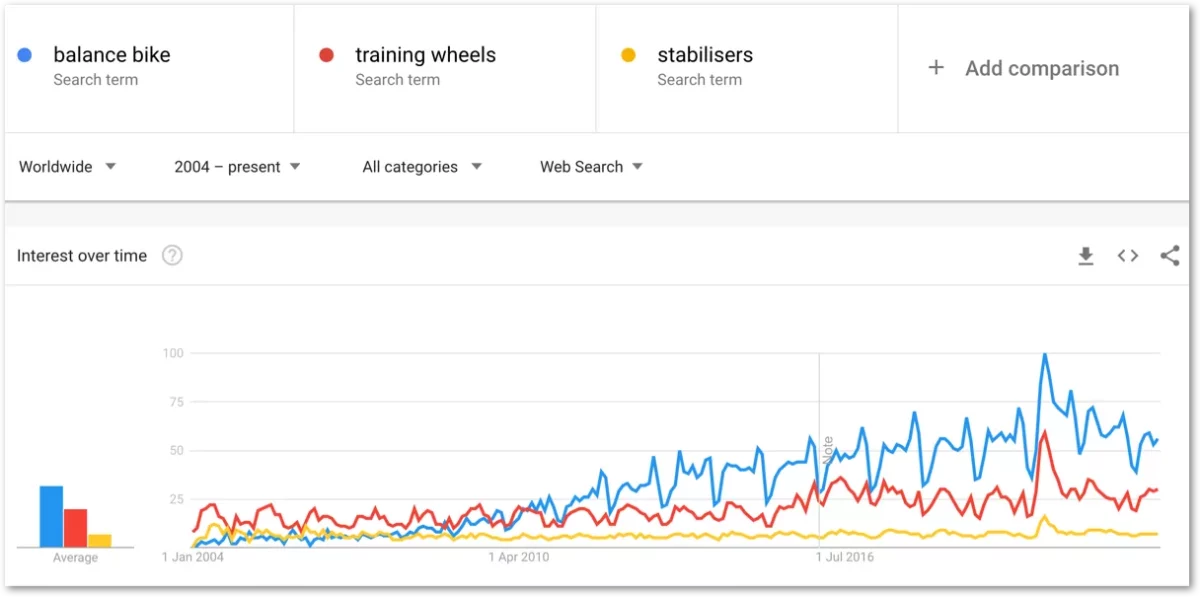
This trend report tells us that, up to June 2010, there were considerably more online searches for “training wheels” than there were for either “balance bike” or “stabilisers”. After June 2010, we see the search trajectory for balance bikes significantly outstripping both of the other keywords.
If wondering why balance bikes are better than training wheels, check out our post Balance Bike vs Training Wheels, Which is Best?
If we look at the current monthly volume of Google searches for each of these terms, the huge popularity of balance bikes is even more stark:
| Keyword | Avg Monthly Google Searches (Global) |
|---|---|
| balance bike | 135,000 |
| training wheels | 35,000 |
| stabilisers | 31,000 |
The Future of Balance Bikes
Balance bikes have come a long way since Rolf Mertens built his first wooden Like-a-Bike. What were once seen as “quirky” are now generally accepted as the best type of small bike for developing good balance and coordination skills in children.
Of course, there are those (adults mainly) who still see balance bikes as slightly ‘unusual’. Maybe this is a generational thing, especially as so many who grew up in the 70s, 80s or 90s wouldn’t have ever seen, let alone ridden, a balance bike as a child.
But, as the figures indicate, a growing number of kids are now learning to cycle on balance bikes as opposed to using training wheels or stabilisers. As a result they’re developing new skills that will benefit them for all types of activities, not just cycling. This is likely to drive continued interest in balance bikes over the coming years, especially as new designs and technologies evolve.
- Product on saleLittleBig Convertible Balance Bike£175 – £205 ex VAT
Round the world cyclist, mountain bike racer, engineer and all round bike geek, Simon Evans clearly loves all things BIKE.
Simon worked as a Structural Engineer in Cambridge for a number of years before setting off on an 18 month, 30,000km cycle around the world, testing his bike, body and mind to the limit and giving a wealth of wonderful experiences.
Coming home in 2010, he wanted to combine his engineering with his love of bikes to create a better and more sustainable bike for kids. In 2015 he launched LittleBig bikes which have now been sold to 77 countries around the world giving thousands of kids the best start on two wheels.

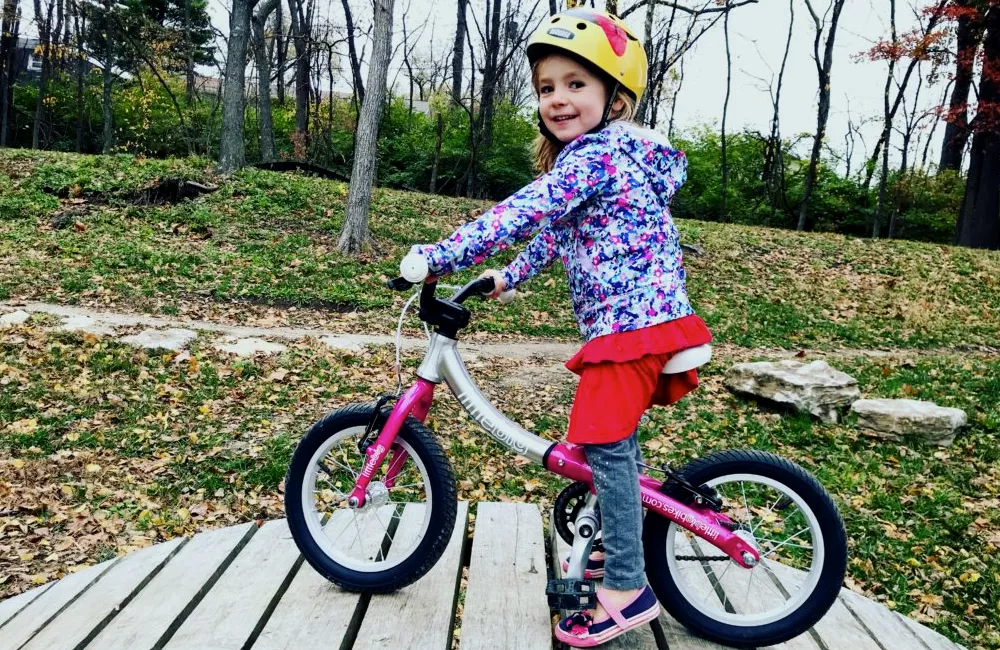
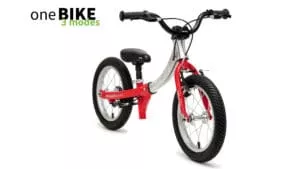

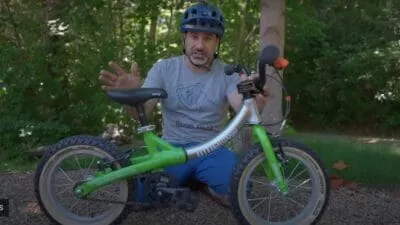
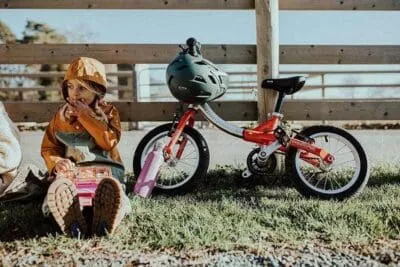
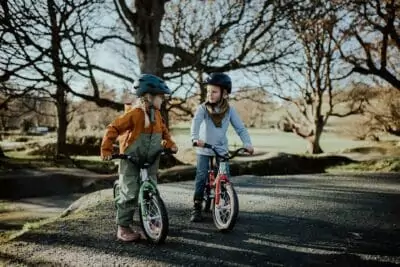
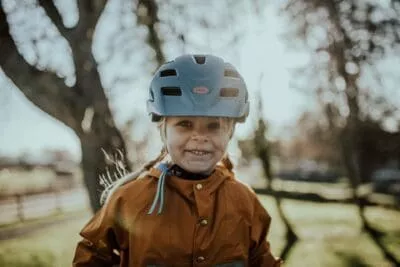
We bought a balance bike 6 years ago for our now 9 YO grandson. He learned faster than any of our kids or grandkids. That bike moved on to a great-grandson who was afraid of it and opted for training wheels. It was still a little new idea and the great’s parents both learned with training wheels and I am not sure they gave it a good test. Also none of the other kids in their neighborhood had balance bikes. Our driveway had just enough slope to get our grandson going a little fast right away and instantly wanted to go further up the hill (quiet street) and loved going fast and ending on the lawn. Slowing him down became the goal instead of encouraging him to try. But absolutely the best way to quickly learn to ride a bike.